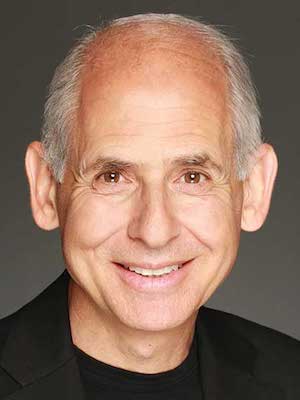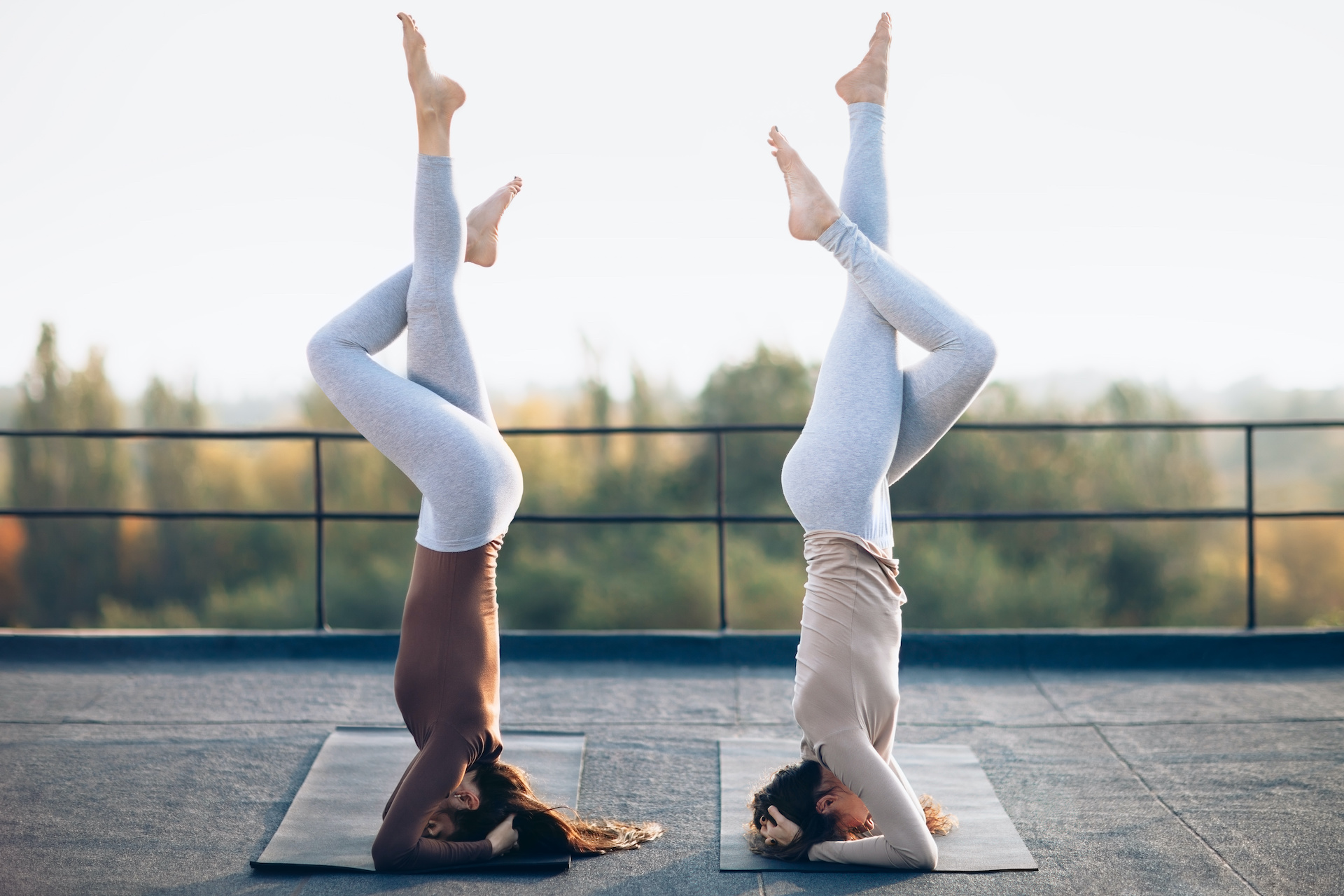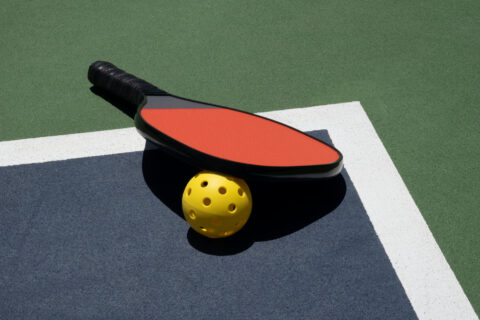One single thing you can do to improve your brain health is to improve your blood flow. If you want proof, just look at Sir Paul McCartney, who regularly practices headstands. As he recently shared on his Twitter account, under a photo of himself upside down on his yoga mat, “I was once told by a yoga teacher that it keeps you young.”
It does indeed. Paul McCartney is still active in his life and career. He’s the essence of a youthful 80. That youthfulness has everything to do with taking charge of his health and doing what’s right for his mind and body. Doing headstands (Sirsasana as they’re known in yoga) is part of a regular practice that’s doing wonders for his brain.

My team and I identified the most critical risk factors in terms of brain health, a list represented by the acronym BRIGHT MINDS. Here’s the whole list:
B: Brain Flow
R: Retirement/Aging
I: Inflammation
G: Genetics
H: Head trauma
T: Toxins
M: Mental health
I: Immunity/Infections
N: Neurohormone issues
D: Diabesity
S: Sleep issues
If you notice, blood flow is first on that list — and it actually has an impact on many of those other risk factors. When Sir Paul is doing that headstand, he’s stimulating blood flow and staving off the impacts of aging, reducing inflammation, reducing toxins, improving his mental health, boosting immunity, regulating his hormone levels, fighting blood sugar and weight issues, and likely, improving his sleep.
What makes blood flow such a powerful factor when it comes to brain health is a simple fact: it’s not your brain cells that age, it’s your blood vessels. Blood flow is critical to life: your blood is what carries nutrients to every cell in the body and removes toxins. In terms of your brain, low blood flow is the number one brain imaging predictor of Alzheimer’s disease. Anything that damages your blood vessels starves your brain of the nutrients it needs.
“The headstand is my show-off moment when I’m in the gym… I was once told by a yoga teacher that it keeps you young” – Paul
Inspired by the #GrandudesGreenSubmarine episode of @cosmickidsyoga, Paul gives us an insight into his yoga practice: https://t.co/dJQLibWU4C pic.twitter.com/OxUqqd1h4W
— Paul McCartney (@PaulMcCartney) September 30, 2022
So yes, do headstands. Holding a headstand for as little as 2 minutes can rejuvenate your brain, mind, and body — and it’s easier to learn than you might think. But here are a few other forms of exercise that are immensely beneficial as well:
Table Tennis
This may surprise you, but table tennis is anything but a minor basement game. It’s terrific for coordination, reflexes, and giving your brain a workout. A game of table tennis is like aerobic chess: it’s great for hand-eye coordination and reflexes and requires you to use many different areas of the brain at once while you track the ball, plan shots, and figure out spins. It works the cerebellum at the back bottom of the brain, which is critical not only for physical coordination but also thought coordination — or how quickly you can integrate new information. No one has ever won a game of table tennis by standing still and moving slowly.
Pickleball
Pickleball has many of the same benefits as table tennis and is exploding in popularity. It’s played on a smaller version of a tennis court and combines elements of tennis, badminton, and table tennis. Equipment includes a net, a paddle, and a plastic ball, and the game is easy enough for beginners while offering advanced players plenty of challenges. Learn about its rules, equipment, coaches, and places to play at usapickleball.org.
Walking
Walking is another form of exercise that’s too often underrated. Its positive impact on the brain is well proven — if you walk fast. It’s also tied to longevity. People who are 80 and can walk three miles an hour have a 90 percent chance of living to 90. On the other hand, those who can only walk one mile an hour have a 90 percent chance they won’t live to 90. Try walking like you’re late everywhere you go, just increasing the pace as you can.
Get up, stay young!
Not being a couch potato is one of the most powerful ways to improve blood flow and your brain health. Making some form of exercise a habit is helping to guard your brain against a whole range of risk factors — and that’s the key to staying young in brain, mind, body, and spirit. So next time you’re about to sit down, don’t. Instead, move around. Think of it as an investment in your future.
Daniel G. Amen, MD is a physician, board-certified child and adult psychiatrist, award-winning researcher, 17-time bestselling author, and in-demand speaker. He’s the Founder and CEO of Amen Clinics, which holds the world’s largest database of functional brain scans relating to behavior. He’s the lead researcher on a landmark brain imaging and rehabilitation study on pro football players. He’s been on health-related podcasts, television programs, books, articles, music albums, and movies; and made numerous court and public appearances. His new book is Change Your Brain Everyday: Simple Daily Practices to Strengthen Your Mind, Memory, Moods, Focus, Energy, Habits, and Relationships.
© YFS Magazine. All Rights Reserved. Copying prohibited. All material is protected by U.S. and international copyright laws. Unauthorized reproduction or distribution of this material is prohibited. Sharing of this material under Attribution-NonCommercial-NoDerivatives 4.0 International terms, listed here, is permitted.














